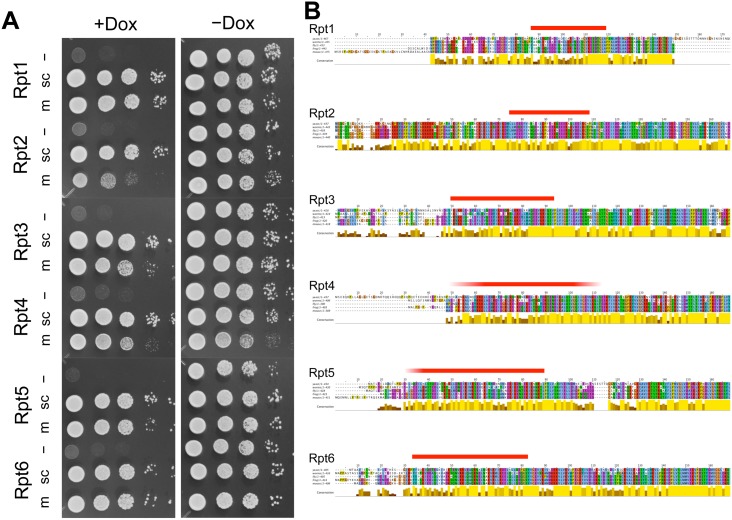Fig 2. Expression of mouse and yeast Rpt subunits rescues the growth of yeast with conditional suppression of the wild-type yeast Rpt subunit.
(A) Rpt tet-off strains were transformed with the pAUR123 yeast expression vector encoding yeast (sc) and mouse (m) Rpt subunits, grown to early log phase and individually spotted in duplicate as ten-fold serial dilutions on plates either without (right panel) or with (left panel) doxycycline. Plates were incubated at 30°C for 2 days and then photographed. (B) Multiple sequence alignment of the N-terminal regions of Rpt subunits derived from yeast, worm, fly, frog, and mouse. The coiled-coil regions of Rpt subunits predicted by PairCoil2 are indicated above the sequences (ref. S6 Fig). Sequence conservation is indicated beneath the alignment, and conserved residues are marked and color-coded according to the default ClustalX settings. Multiple sequence alignments of full-length Rpt subunits are shown in S3 Fig.

